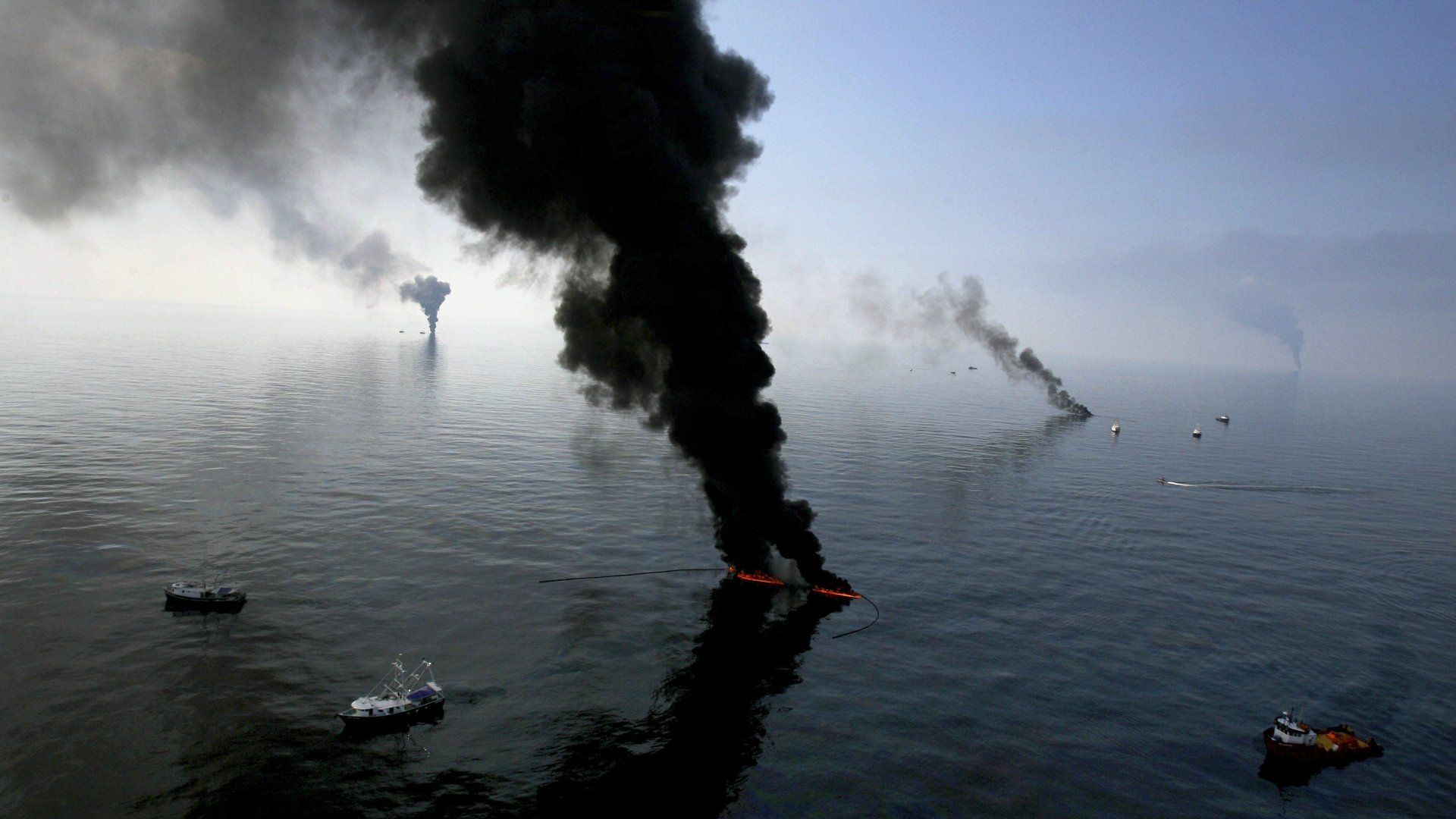BP’s walloping fine for “gross negligence” could wipe out a whole year’s profit
This story has been updated with BP’s response.


This story has been updated with BP’s response.
One of BP’s main survival strategies over the last four years has been to limit the US cash fine it will owe as a result of the 2010 Gulf of Mexico oil blowout that killed 11 people and spilled millions of barrels of petroleum. But a judge today rejected the company’s arguments, ruling that it may owe as much as $18 billion in fines, five times the sum that BP had budgeted.
The devastating ruling in New Orleans caused BP’s share price to plunge by more than 6% during the day. The company did not respond to an email requesting comment but on its website called the judge’s reasoning “erroneous,” and said it will appeal. Oil supermajors typically resist—sometimes for decades—before paying up in court cases.
After an initial public relations offensive to turn around the blow to its reputation caused by the biggest offshore oil spill in US history, BP has recently pushed back. Just this week, the company asked US Judge Carl Barbier to replace an administrator who adjudicates victims claims along the Gulf Coast.
Now BP must determine how far to keep pushing. Today’s unfavorable ruling was from Judge Barbier, who declared BP grossly negligent in the spill. Barbier had the choice of acquitting BP entirely or declaring it only “negligent.” With his finding of gross negligence, Barbier indicated that he is far from sympathetic to BP’s presentation of the facts of the case.
“BP’s conduct was reckless,” Barbier wrote in his decision. As for BP’s two partners on the rig, he wrote, “Transocean’s conduct was negligent. Halliburton’s conduct was negligent.” That means their fines will be smaller than BP’s.
The finding, which involves violation of the US Clean Water Act, makes BP liable for up to $4,300 for each barrel spilled. Barbier must still determine the total volume, but the US government estimate until now has been about 4.2 million barrels, meaning a fine of $18 billion. BP has said it has set aside $3.5 billion to account for the fine, so—if the ruling is upheld on appeal—it would have to find another $14.5 billion. That’s more than the $13.4 billion in total profit that the company reported last year.